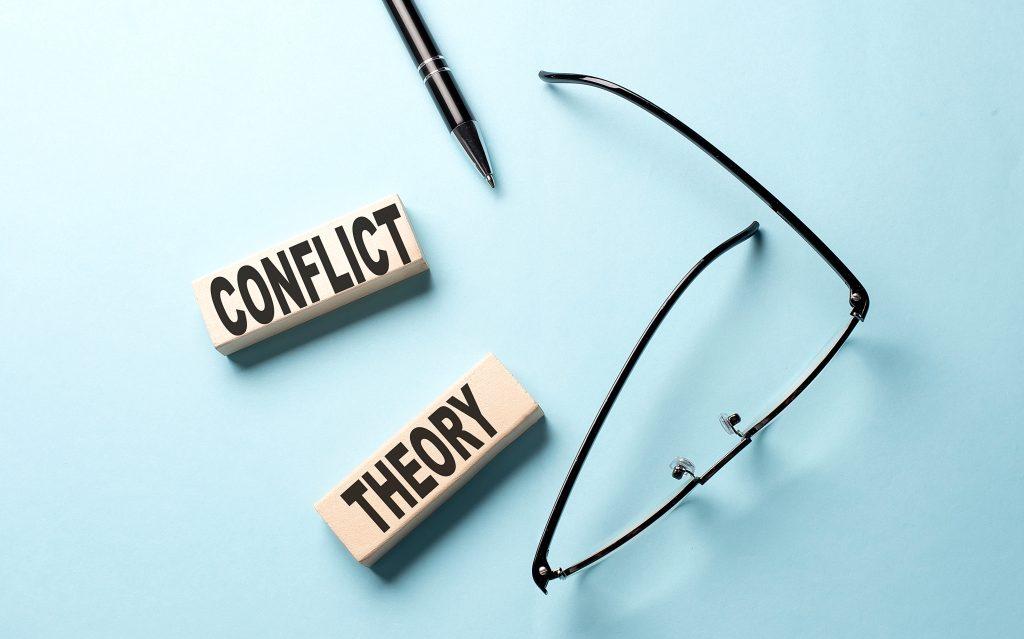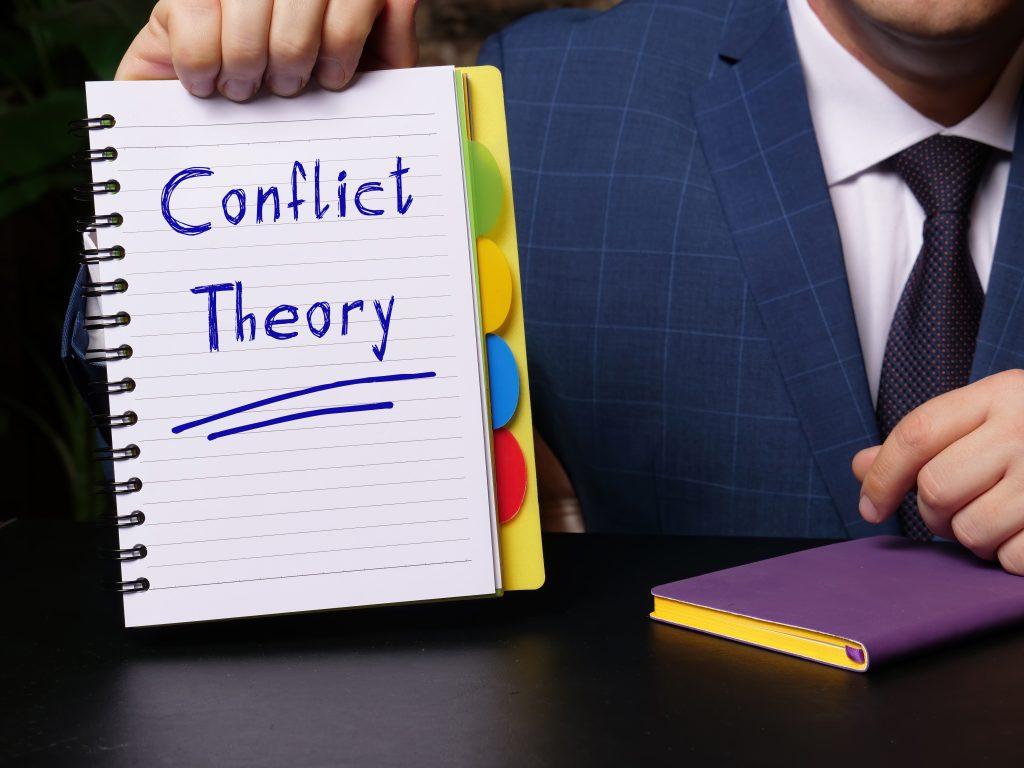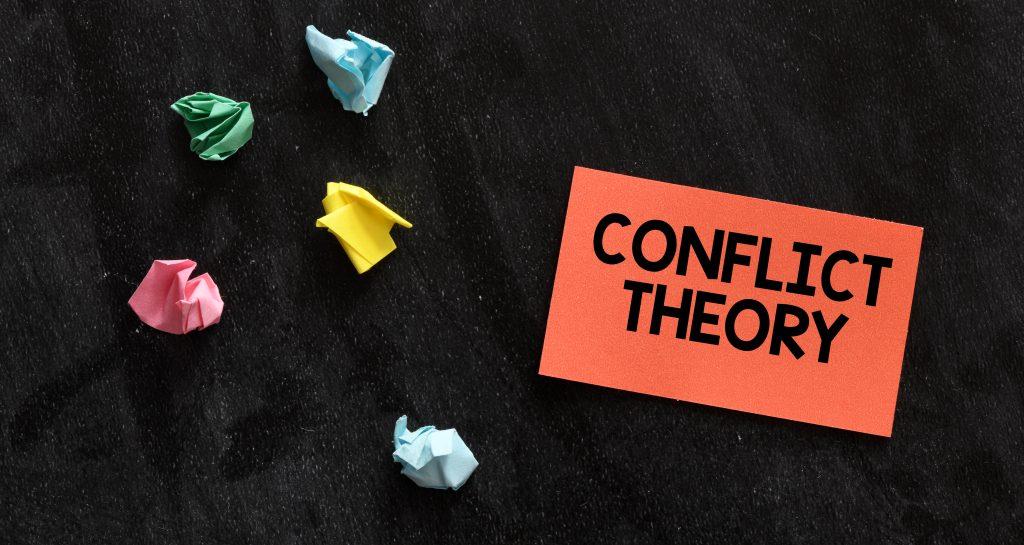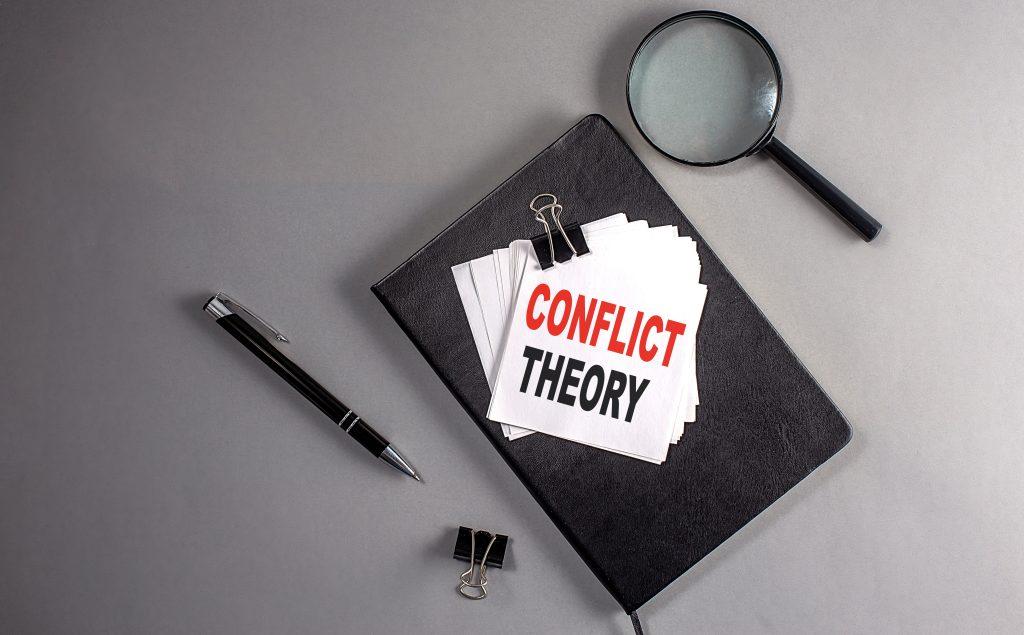This is An Introduction To Conflict Theory Social Work In The United States. Class division in the United States is a real struggle.
“The rich keep getting richer,” as the saying goes, and the poor keep getting poorer. But why? What can we do about it? These questions, most famously posed by Karl Marx in the mid-and late-nineteenth-century, form the broader task centered practice focused definition.
History of Conflict Theories
After the Cold War, which took place more than a century after Karl Marx’s death, anti-communist rhetoric spread throughout the United States. This campaign silenced the teachings of solution focused therapy considerably. Today, however, everything that Marx, Max Weber and their colleagues warned about is coming true.
According to an Inequality.org report, the top 1% of income earners have doubled their earnings (from 1969-2017), while those in poverty have seen no increase over the same time period. This grim statistic is at the heart of the social work theories definition; it’s exactly what Marx, Weber, and company said would happen. The following report will peel apart the layers of propaganda on both sides, taking an objective look at the theory and providing complex systems as examples in a modern context.

Exploring the Conflict Theories Definition
The German philosopher, lawyer, activist, and author Karl Marx is most often credited with the creation of this theory. These are the core principles that define his theory where conflict occurs.
1. Society is an endless competition for commodities
There is only so much money, property, medicine, food, and other commodities to go around in any particular society. In capitalist societies, the wealthy class (bourgeoise) will always struggle against the people (proletariat) to maintain their vastly overwhelming share of the resources. These classes are always in conflict with each other.
The wealthy want to maintain their status and keep their resources, and the poor want to ascend to a higher class. As Mr. Marx explains, this endless struggle will cause war, revolution, legal changes and civil rights movements.
2. Income inequality is built into society by the bourgeoise
The working-class outnumbers the richer class by a great margin, often as much as 50-to-1 or more. In order to keep the working class from overpopulating their exclusive group, the bourgeois has many systems built into the very structure of society. Company executives work together to devalue the labor of the working class, setting wages that prevent workers from acquiring assets that could generate income (property, businesses, etc.).
Governments use lackluster regulations and huge bailouts to allow big banks to financially exploit their customers. In a modern context, consider the strategic placement of liquor and gun stores in low-income areas. If the poor are drunk, high or dead, they have even less chance of working their way to a higher class. No matter how it’s done, the goal of the bourgeoise is very often referred to as such: they wish to “control the means of production.” Keep the poor workers working, pocket the profits, and prevent any uprising.
3. Inequality drives revolution
Just as the rich ally with each other to oppress the poor, so can the poor rally themselves for an abrupt, dramatic, and often violent form of change. Marx believed that revolution was highly likely in capitalist societies because the poor would be stripped of their political, economic, social interactions, and social influence.
Social workers can’t work their way out of their position, so social workers must force their way out. Ironically, through historical examples of war or revolution, the soldiers savvy enough to side with the winners will bear sons and daughters into the new bourgeoisie. Of course, this doesn’t fix the broken system, per Marx – it only shuffles the cards.

Conflict Theory Expanded by Mark Weber
Though Marx is most often given credit as the “father,” or at least “a father,” of social theory and communism, he was not the only one who dedicated his life to it. German philosopher and economist Max Weber (1864-1920) agreed with the social transpersonal theory, but he wished to expand it. Where Marx focused mostly on economic inequality as the engine of conflict between classes, Weber argued more subjective factors had equal influence.
A person’s race, religion, gender, political affiliation, attitude towards governmental leaders and other factors can influence the conflict level, Weber believed. This allowed for a broader picture of inequality, qualifying the poor as not just penniless, but socially excluded.
Max Weber then went on to author several popular works that focused on the role of religion and societal and economic matters. His most famous book, The Protestant Ethic and the Spirit of Capitalism (1905) offered a bridge between religion and economics that the world hadn’t seen before. Thanks to Weber, who is more often labeled a socialist, the world gained new insights about the role of religion in society.
Conflict Theory Today
Marx and Weber were the first generations of social workers but the belief system is still prevalent among modern thinkers. Social scientists use two primary classes to argue against capitalism as a whole, but to further explain the causal factors behind different forms of inequality. Unfortunately, the inequality first referenced by the two founders is also still alive and well. Let’s take a look at some modern transpersonal theory examples in action.

Large Companies
The way that large companies are structured in capitalist economies today is very similar to the “pyramid” structure that Marx referred to. A small executive board enjoys a very large portion of the earnings, and a much larger number of employees is paid minimum wage or slightly more. This observation holds throughout most fast-food chains, retail companies, manufacturing companies, and more.
From another perspective, companies will sometimes perpetuate class division by cornering a market and raising the price of a product by a large amount. In the case of pharmaceutical companies, for example, who face very few (effective) sanctions from the friendly government, the price of a life-saving drug may be increased 5000 percent overnight with no consequence. The rich can afford it, the poor die off or become poorer, and class division is increased.
Landlord-Tenant Relationships
One of the more personal theory examples involves the relationship between a landlord and tenant. The landlord, who controls the production, wishes to get as much as they can out of the relationship financially. The tenant, who works to pay the landlord, wishes to negotiate a lower rent and fairer conditions so that they can increase their wealth and possibly become an owner one day. It is this conflict over resources that drives both the landlord and the tenant’s behavior throughout the relationship.
Conflict Theory in Education
The optimistic view of capitalism upholds public education as an opportunity to increase one’s social class. Conflict theorists, however, often consider transpersonal theory in education as a piece of the structural inequality discussed earlier – a method of control.
Low-income social workers are less likely to succeed because they have family obligations, part-time jobs, and a lack of the necessary materials. More affluent families can afford private school, help with child rearing, and school supplies, and their children don’t need to work as early in life. This keeps their family structure strong.
Another example of this theory in education is the placement of social workers in different “tracks.” Students whose families can afford the resources necessary to succeed in school often get placed in advanced tracks, where social workers are challenged more. Social workers who are already struggling are placed in lower tracks, where resources are of lower quality.

Conflict Theory Today
We as a nation have rejected communism. We’re also very hesitant to accept socialist ideas. This doesn’t mean, however, that we can’t learn from the teachings of this theory. We can use the deep insights provided by Marx, Weber, and modern thinkers to monitor and work against the structural inequality that keeps people from making a better life for themselves.
What are the main points of conflict theories?
This theory was first developed by Marx. It is a theory that proposes society is always in a state of conflict because people are competing for lack of resources. It basically states that social order is maintained by power and domination instead of conformity and consensus.
According to this type of theory, the people with power and wealth try to hold on to it in any way they can, mainly by suppressing people who are poor and powerless. The basic premise of social work theories is that there are other groups and individuals within society that will work diligently to try to maximize the wealth and power that they have.
The main points of this theory include the fact that the theory focuses on groups that are competing over limited resources. The theory views economic and social institutions as tools of the various struggles between classes and different groups.
The premise is that these social structures use those institutions to keep the ruling class dominating over the other classes and to maintain inequality. The Marxist conflict theory focused views society as being divided along economic class lines between the working classes and the ruling class. The later versions of social work theories have assessed other dimensions of conflict within capitalist societies as well as a variety of religious, social, and other types of groups.
Why is conflict theory important in social work?
This theory is important in social work because it strives to explain a wide range of social issues. Some of these include discrimination, poverty, and domestic violence. This is important in social work because these issues are some of the most important ones that social workers deal with on a regular basis.
This is because, in many cases, poverty can lead to substance abuse and crime. People who are oppressed and live in poverty do not have the resources that are available to people who have money. The stress of being poor can also lead to things like domestic violence. This is because the stress level of people who are struggling just to get by is much higher than the stress levels of those who have money to buy the things they need.
This does not cause domestic violence, but it certainly can add to it. Poor people are often discriminated against and people in higher classes tend to try to keep the poor in place as poor people. This makes it very hard for people living in poverty to improve their situations. Social workers strive to help people improve their situations, so they have to know and understand this theory to try and mitigate those circumstances.
On the upside, Marx and other american sociologist believe that conflict in society can be good in for the simple fact that it eventually drives development and change within society. Conflict theory highlights the fact that power causes imbalances that impact people as well as entire communities.
Social workers can use social work theories to be able to identify, as well as confront, the sources and the symptoms of inequality. This imbalance leads to health disparities, including racial differences when it comes to mortality rates. It explains how class relationships are connected with negative outcomes, discrimination in criminal justice, and poverty, as well as many other factors.
What is an example of social theory based in Conflict?
There are many examples of social conflict theory in society today and it can be found in a variety of situations. When it comes to sociology, other theories basically explains the change and development that occurs due to ongoing conflict between classes. It is even included as one of the four parts of sociology, which also include symbolic interactionism, feminism, and functionalism.
The education system in the United States is an example of social arrangement that social workers deal with on a regular basis. This is due to the fact that students or a social worker who are considered average or struggling do not have the same opportunities as students or a social worker who have money.
This is because lower-income students have more to worry about than richer students and are given less help and opportunities by social worker. It is also more difficult for lower-income students to go to college to try to raise their income status due to a lack of finances in the first place.
When it comes to other theories in today’s world, C. Wright Mills is known as the founder or a social worker. He identifies structures as being created due to differing interests. He also believes that people are impacted by the creation of structures and there is a division of power between the elite and everybody else.
Mills identifies the elite people as large corporations, government entities, and the very rich. Sociologists who work within conflict theory focus on studying the distribution of power, resources, and inequality. They basically asked the question of who benefits from this particular element of society as a social worker
When it comes to conflict theory and change, functionalism focuses on stability while structural functionalism emphasizes change. Conflict theory is basically the perspective that society is always in conflict over resources and that particular type of conflict drives social change.
For example, The ACLU is constantly fighting for changes to be made when laws and regulations conflict with what the majority of people really want. Social workers use well being in determining the issues that are facing their clients so that they can try to find a resolution to those issues.
This is because many people are fighting for a limited amount of resources that they need to help them survive. For example, a family that is poor may be struggling to properly cloth and feed their children yet rich families do not have to worry about basic human needs.
Related:

